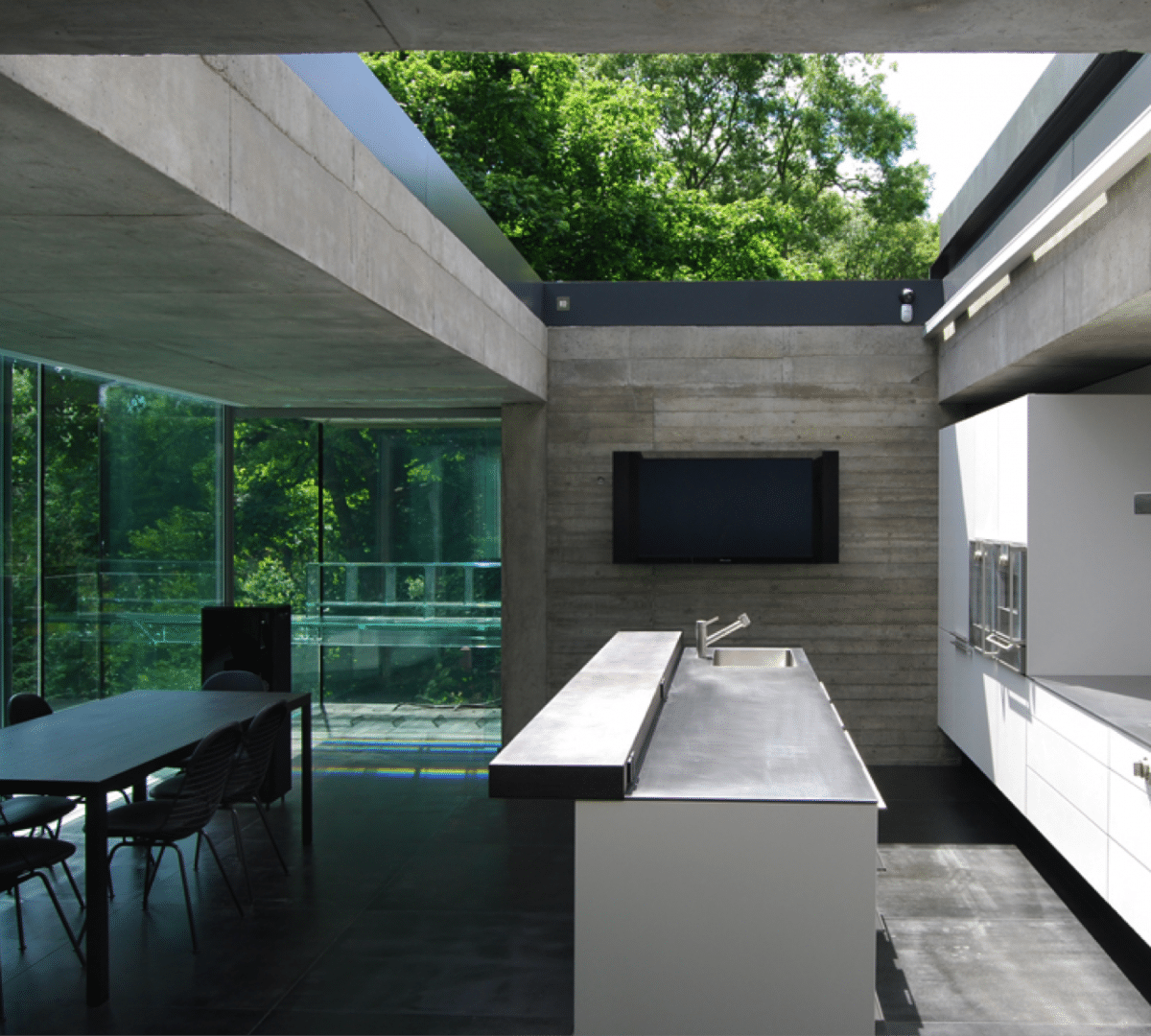Posted on March 7, 2024 in Blog
Energy efficient rooflights contribute to a dwelling’s energy efficiency through their glazing performance and the role they play in wider thermal comfort
Global politics has created significant uncertainty around national energy security in recent years. That has been reflected in spiking energy prices that have affected everyone. While the energy price cap in the UK has since fallen, it remains nearly double what it was in the late 2010s. A return to those levels “isn’t on the horizon” according to experts.
Building design and building fabric specification – including the appropriate inclusion of rooflights – therefore remains one of the best tools for keeping energy bills as low as possible.
What makes a rooflight energy efficient?
Like the roofs they are installed in, rooflights have U-values to demonstrate the heat loss through them. This is true of opening or fixed rooflights, or whether a rooflight is for a pitched roof or flat roof.
One of the simplest ways to reduce heat loss through the building fabric is to choose a rooflight with a lower U-value, such as one that is triple glazed rather double glazed.
Whether double or triple glazed, care must be taken to ensure the rooflight manufacturer is quoting a ‘whole unit’ U-value, which includes the glazing and frame. Quoting only a ‘centre pane’ U-value, which just factors in the glazing and so appears to be lower, can result in a misleading understanding of a rooflight’s performance.
Other factors in a rooflight’s manufacture that affect how it performs are: the g-value, or percentage of solar radiation allowed through the glass; the gas used between the sealed panes of glass, such as argon; and whether a low emissivity coating has been used to reduce the loss of solar radiation back out of the home.
Getting installation right for better rooflight energy efficiency
Like any area of the building fabric, a rooflight will only perform in practice as it should on paper if the standard of installation is right. Key to achieving the requirements of energy efficiency requirements in building regulations like Part L, is well-insulated and reasonably airtight building fabric, with thermal bridging kept to a minimum.
Careful detailing of where the rooflight sits within the roof build-up, especially in relation to the roof insulation, is essential to avoid a break in the thermal envelope and reduce the risk of significant thermal bridging.
Letting in more daylight through rooflights to improve energy efficiency
From a whole-dwelling perspective, roof glazing delivers at least twice as much daylight than vertical glazing in a facade (based on windows of the same size). Rooflights can therefore provide higher illuminance levels and a better distribution of daylight using a smaller total area of glazing.
Daylighting is the practice of using natural light in and around buildings in a controlled way. As well as illuminating interiors, good daylight design provides building occupants with a view of the outside and a connection to the wider environment. However well-designed artificial lighting might be, nothing can replicate what natural light is capable of providing in terms of boosting occupant mood.
While heat losses through glazing are inevitably higher than the surrounding construction, those losses can be offset to some extent by a reduction in electricity use thanks to not relying on artificial lighting so much. In fact, studies have shown that using daylight to its full potential can reduce, or even eliminate, the electricity demand for artificial lighting during the day.
Any tendency towards more glazing to deliver more daylight must be tempered by the need to control solar gains. It is a question of balance, with the design of glazed elements helping to maximise solar gains in winter while minimising overheating in summer.
Balancing daylighting, solar gains and overheating for overall energy efficiency
Our warming climate is making overheating in buildings an increasingly pressing issue. Record-breaking heatwaves in recent years have focused attention on the issue, giving it the same kind of prominence as the effect of cold weather on people’s health. The need to address overheating has led to the introduction of new building regulations like Part O.
Orientation of the building is critical to the likelihood of excessive solar gains and overheating. East-facing elevations get the morning sun, while south- and west-facing elevations are exposed to the hottest times of day. North-facing elevations, meanwhile, receive no direct sunlight.
Specifying rooflights as well as facade glazing increases the options available for controlling solar gains and reducing overheating risk, while still providing high levels of daylight.
“Since warm air rises, opening rooflights are the most effective way of losing excess heat in conjunction with opening windows to allow fresh replacement air into the building,” says Jeremy Dunn, Group Technical Director at Glazing Vision.
Jeremy adds: “Positioning rooflights on the opposite side of windows can help to achieve effective cross ventilation. Not only is this a passive cooling technique, which avoids the energy use associated with air conditioning, it also contributes to providing fresh air and meeting the ventilation requirements of building regulations like Part F.”
Using high-performance rooflights to achieve an excellent standard of daylighting and overall energy efficiency was a key feature of a Passivhaus-standard home in Cornwall. Triple glazed fixed rooflights matched the low-energy Passivhaus requirements, while providing access to solar gains and maximising natural light thanks to modern detailing and a frameless interior.
About Glazing Vision
When focusing on sustainability, rooflights must deliver both energy efficiency and options for ventilation. Doing so helps to support overall energy performance, and address health and comfort issues like overheating.
That is true whether choosing from an existing range or having bespoke items created to fit a particular architectural vision. We can help projects to exceed the requirements of current building regulations, looking towards the Future Homes Standard, with our expert technical support helping you to meet daylight, ventilation and access requirements.
For further guidance on how Glazing Vision architectural rooflights can support energy efficiency goals, contact us, or you can also download our white paper; ‘Look to the future now: using rooflights to design tomorrow’s homes today with improved daylighting and ventilation’. We have an extensive range of CPDs you can book, all RIBA-accredited, covering topics including the effect of Part L 2021 on rooflight specification, the specification of non-fragile glass, security, and unlocking light, air and space.















